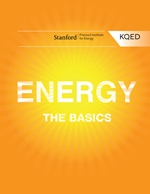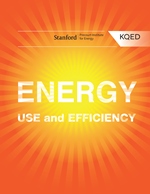Although hydropower has been in use for centuries, largely in the form of water wheels, hydroelectricity is a more recent phenomenon. Hydroelectricity is a type of hydropower and is created as moving water powers machines that produce electricity.
The first hydroelectric power plants were built at the end of the 19th century. By the middle of the 20th century they were a major source of electricity. Today hydropower is the most widely used source of renewable energy making up seven percent of U.S. power production.
The most common form of hydropower comes from hydroelectric dams. Typically, a river is blocked by a dam to create a large reservoir of water. The water from the reservoir is allowed to flow over the dam in a controlled way. As the water falls it turns turbines and generates electricity.
Watch the video above to learn how hydropower dams work.

